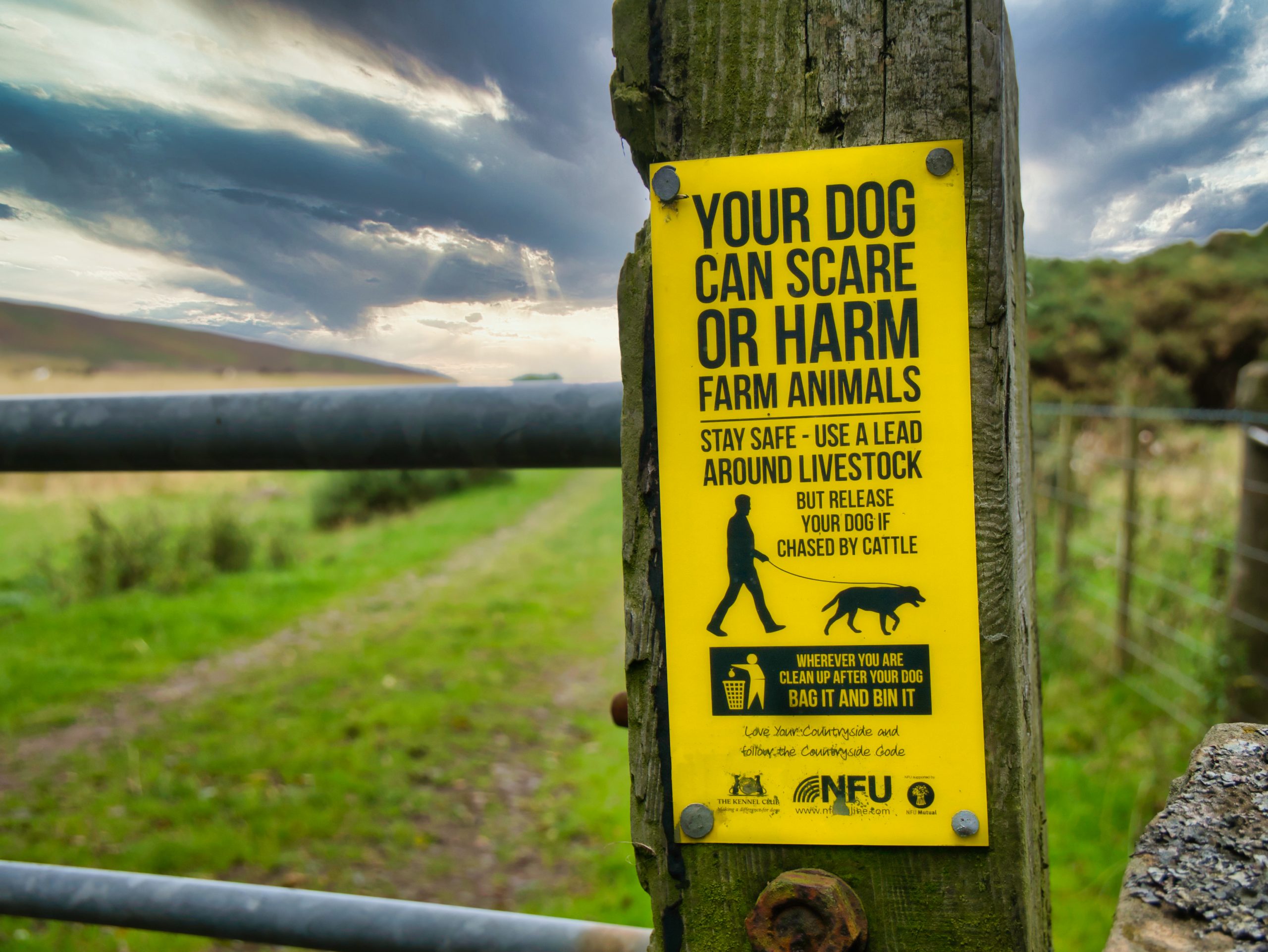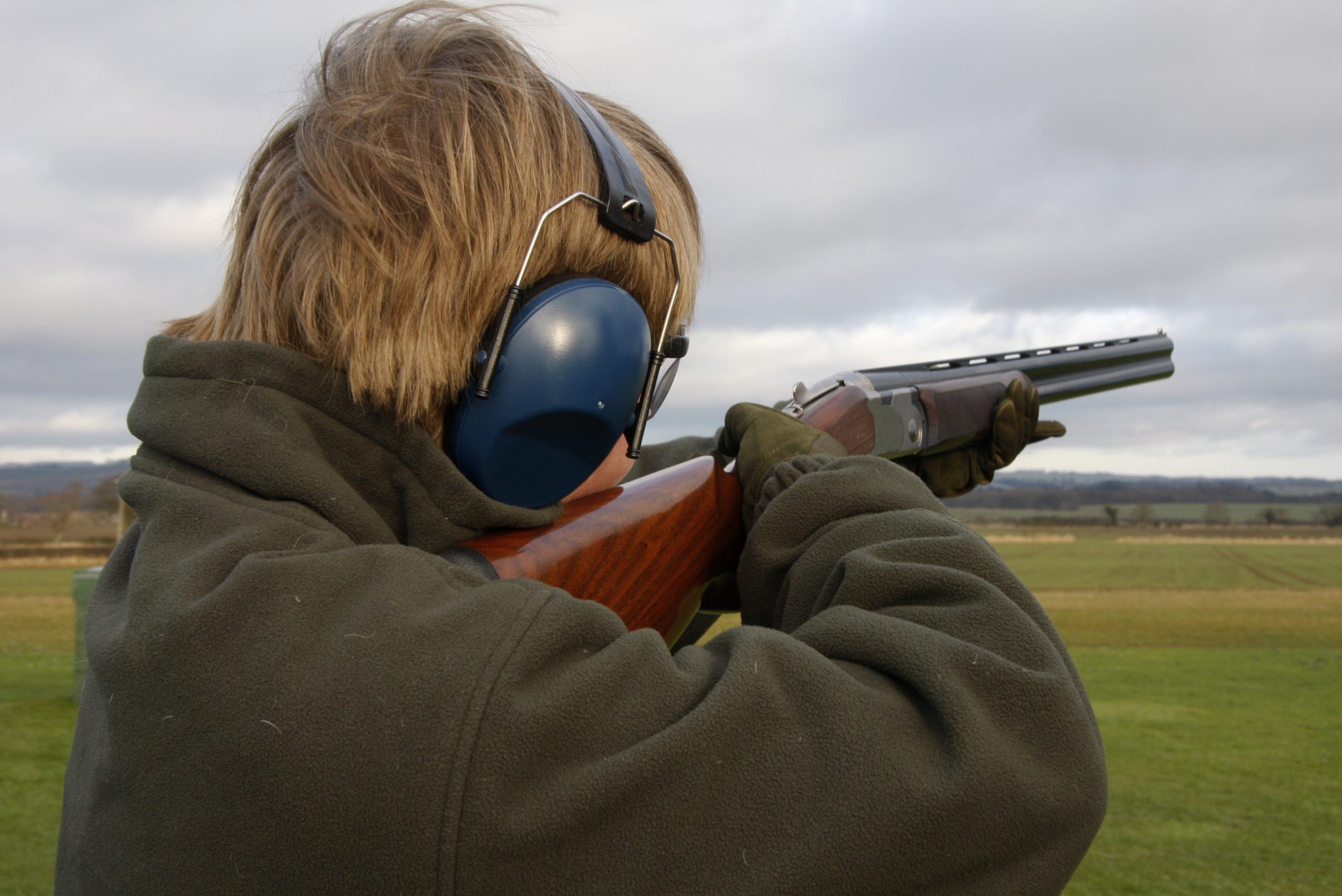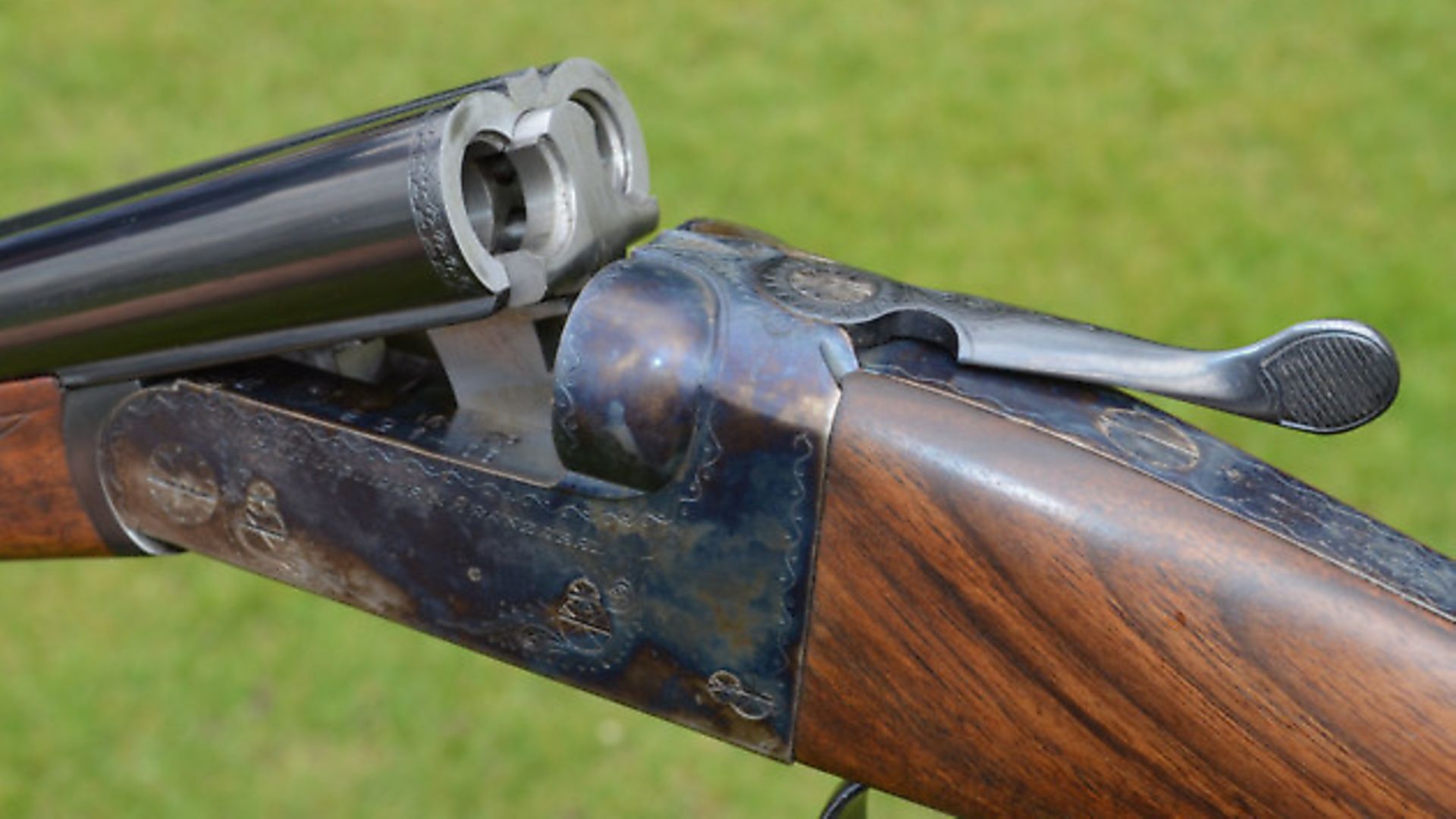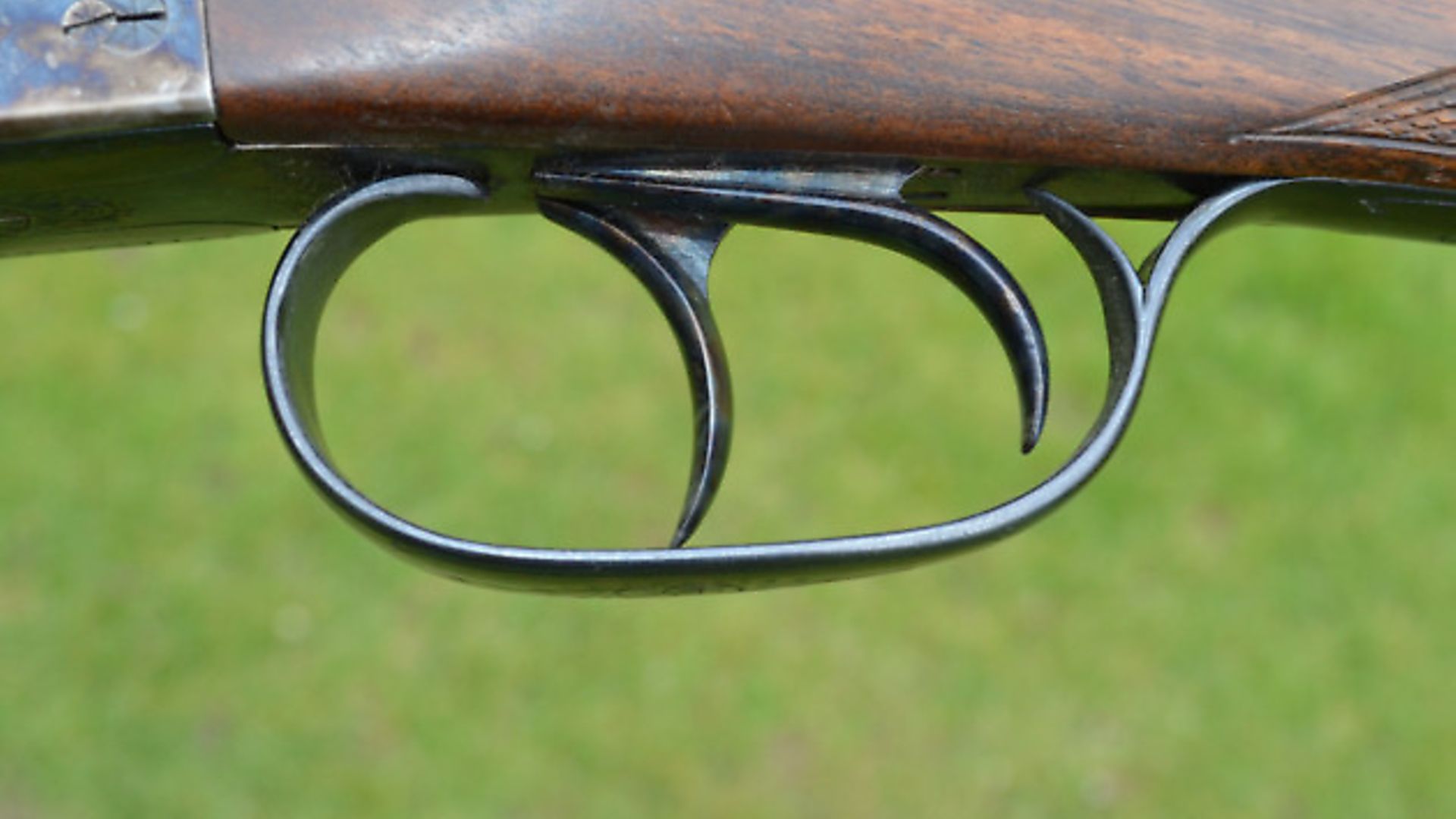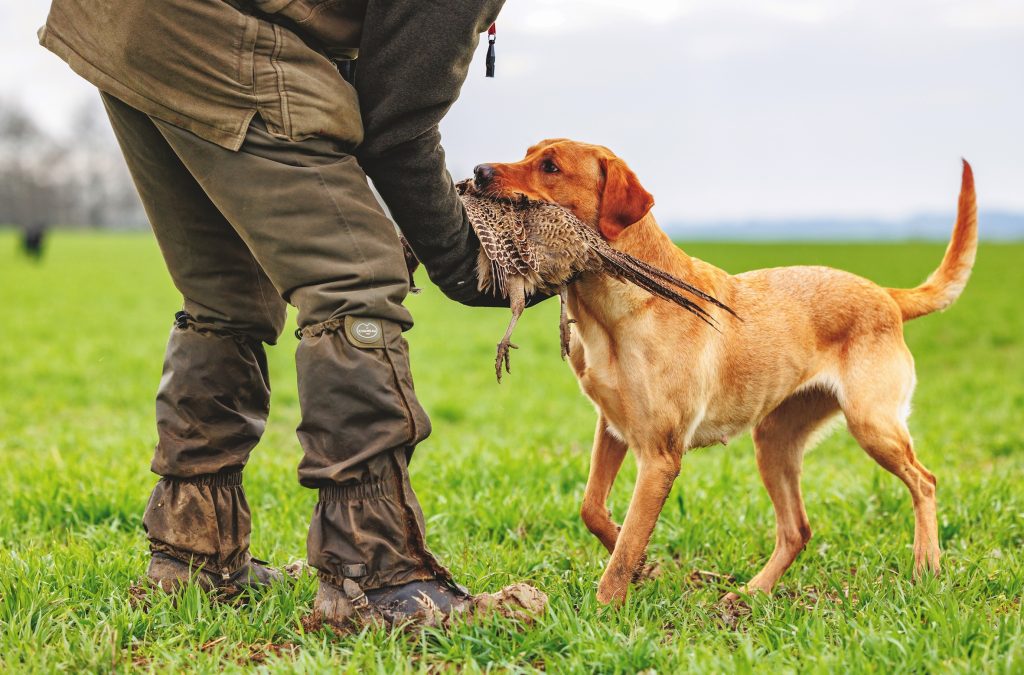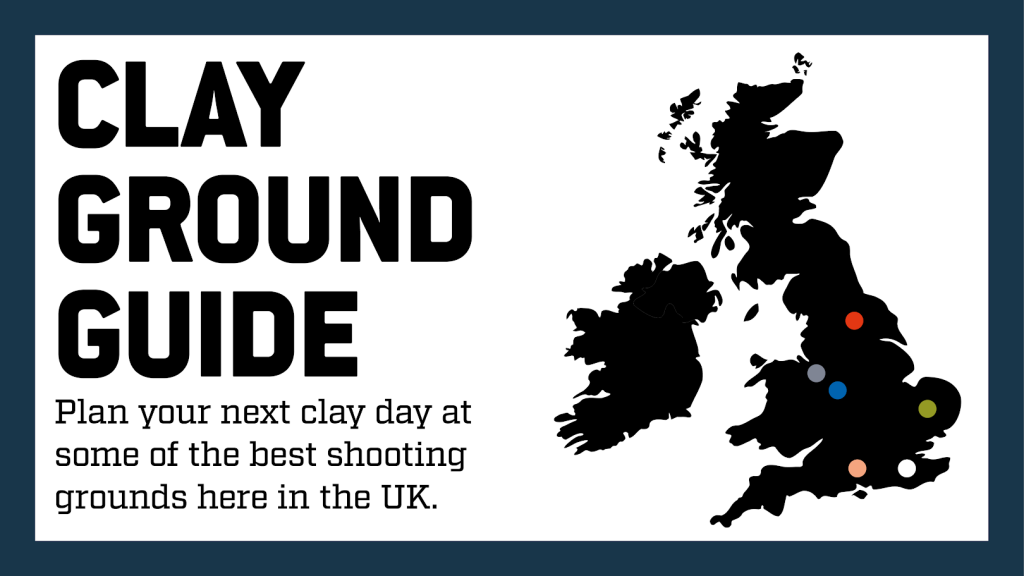Gun test: Aya No.4 .410 side-by-side
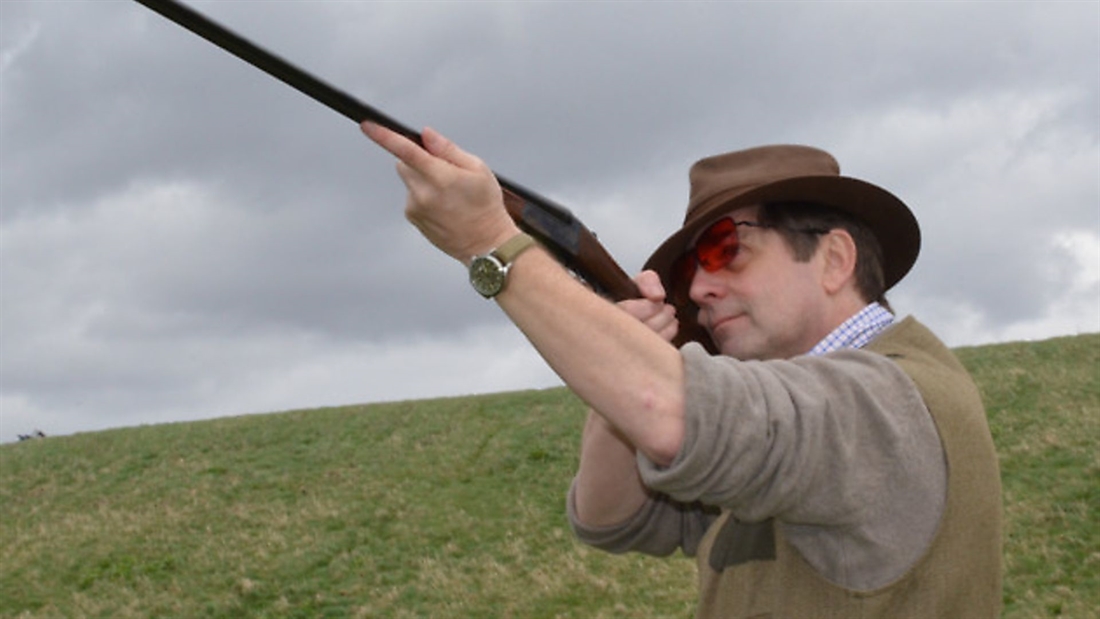
Fun, eccentric, a delight to shoot, and with enviable dynamics, what’s not to like about the AyA No.4 .410 side-by-side?
This month we have something a little eccentric and rather wonderful – an AyA No.4 .410 side-by-side. It is a very traditional boxlock ejector with twin triggers. It hits the scales at only 5lbs 4oz. I found the gun – imported by ASI of Snape – on the shelves of the West London Gun Room (and many thanks to them and to ASI for facilitating this test).
First impressions of the diminutive AyA are mixed. The general form is pleasing and the finish reasonable, but the decoration is rather plain. The compact action, notably, is sparsely engraved (simple border scroll with a few floral motifs and colour case hardening). The gun is, nevertheless, quite expensive. It has a discounted ticket price of £2,895 (though the RRP is now just over £5k). It may not jump off the rack at you as a bargain, but, there is more to the No.4 than you might at first think. So, read on…
The No.4 is a classic bench-made boxlock with some interesting, quality features. Barrels are chopper lump, like nearly all AyAs. The action is machined from a forging (the same as used for sidelocks). There is a proper breech pin, rather than a stock bolt, holding the stock on. And, within the action, there are independent hammers, disc-set strikers, and, of course, traditional leaf springs, not helical ones as are most commonly used today. The front trigger is articulated, and there is a Purdey-style beetle-back safety.
Edward King of ASI notes: “The gun is not inexpensive, but, in real terms today, the cost of making a hand-built boxlock to this sort of specification is not far shy of a sidelock. There are slightly fewer internal parts and stocking the gun is quicker, but, economically, the distinction between making a new boxlock and sidelock is now blurred.”
This was not always the case. In the days before over-and-unders became almost universal, the No. 4 was one of ASI’s most popular models, only outsold by the stalwart Yeoman model (which launched many a shooting career and which we tested here a while back for old times’ sake). No.4s used to be brought in in hundreds at a time. They were well priced then, too.
Edward King continues: “The boxlock ejector market is principally occupied by Italian machine-made stock-bolted guns now… the handling characteristics on a machine-made, stock-bolted gun is always going to be different, though. There are still those who prefer the handling of a traditionally built boxlock. The grip shape, for example, is not dictated by the stock bolt. In the case of the small bore No. 4s, they feel in the hand more like a larger calibre gun…”
I have to agree with Edward, you would be hard-pressed to find something with better dynamic qualities than the test gun, plain and rather pricey though it may be. Although, if your wallet stretches to it, there are higher grades of finish available. Mounting it, you note an exceptionally well balanced and pleasantly lively, but not too whippy, lightweight sporting weapon. The sort of gun an American quail shooter would rave about, and with which might still have great fun with on a not-too-challenging game drive.
The 28” barrels seemed to suit well. Although I tend to favour 30” on small bores to make them more controllable, I would not opt for them here. These are nicely presented with fixed chokes (¼ and ½) and chambered for 3” cartridges. They bear close scrutiny. They are notably straight for a small bore (where straight tubes are now the exception rather than the rule). External striking-up was generally good, blacking was adequate. The concave ‘game’ rib is well laid and suited to the gun (though a file cut design would be another good option). I liked the plain silver metal bead, too.
The stock was especially well conceived – a proper ‘grown-up’ design. The comb and splinter fore-end felt comfortable, the 15” stock was longer than the norm. So many mass-made small bores suffer from short stocks when most traditionally trained British gunfitters opted for a slightly longer stock for a small calibre shotgun. The drop dimensions were also spot on – 1 ½” and 2” – ideal ‘shelf’ measurements for a side-by-side (and there is an option to have the gun made to your own measurements, if required). All get a thumbs up.
How did the No.4 come into being? Originally, it was modelled on a standard (fixed lock) Westley Richards boxlock and a proprietary Webley & Scott (the last incarnation of which was the 700). The No.4 has a replaceable cross pin (unlike the Webley), disc-set strikers and independent firing pins as noted. The latter are rather like the one on a Webley service revolver’s hammer in principle and not incorporated, Birmingham-style, into the hammer/tumbler itself. The mechanical spec is completed with Southgate over-centre cam ejector work which is considered the most reliable within the gun trade. n

